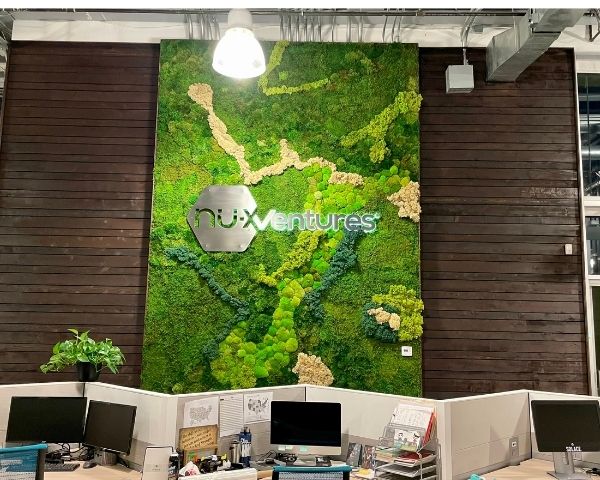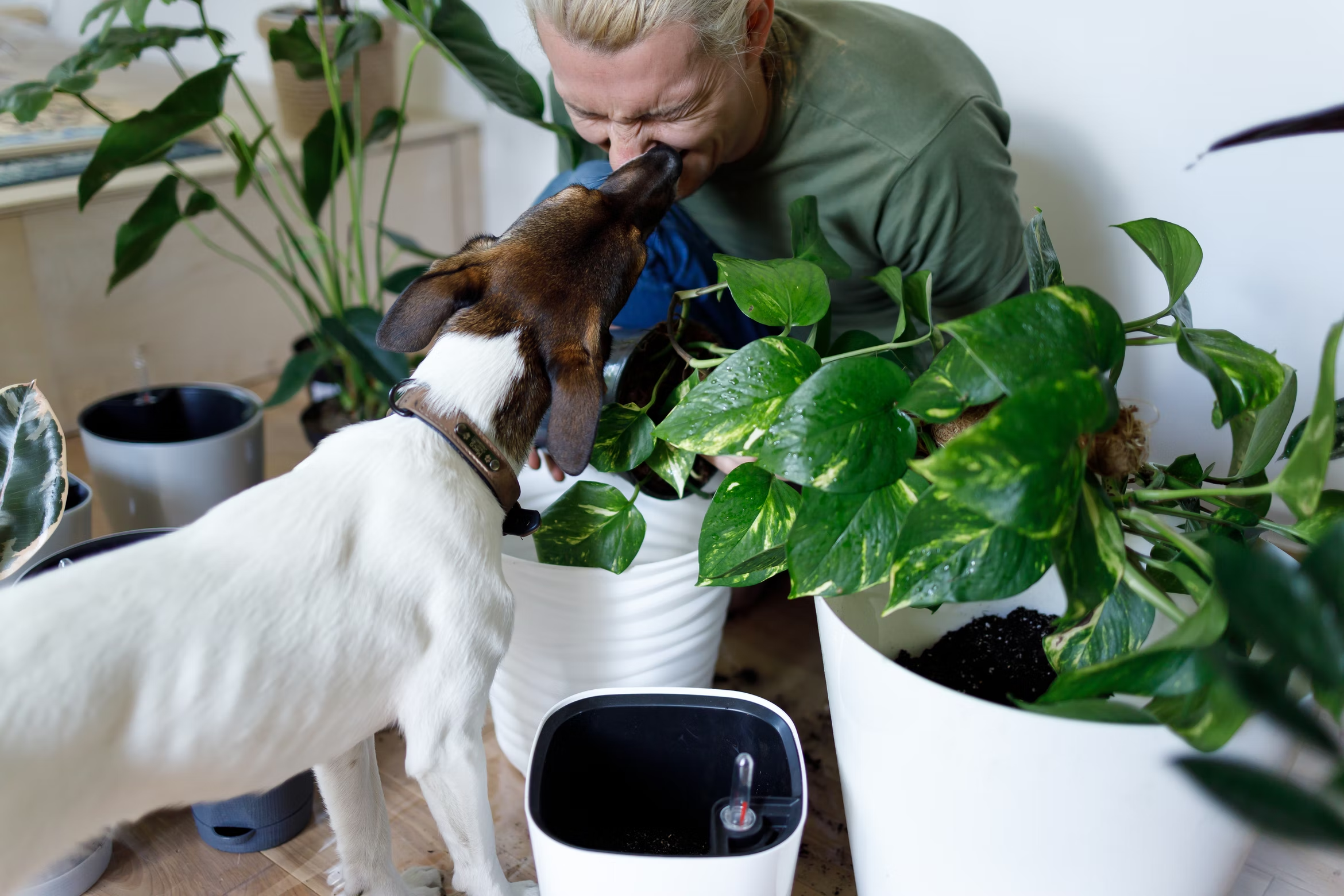The Architect's Guide to Biophilic Design: Principles, Science, and Applications Across Spaces
Biophilic design is more than a trend; it's a transformative approach to designing human-centered spaces by reconnecting people with nature. Architects and interior designers are uniquely positioned to influence well-being, productivity, and emotional health by incorporating natural elements into the built environment. This comprehensive guide explores the foundations of biophilic design, its scientific underpinnings, and its impact across diverse settings such as healthcare, wellness, workplaces, residences, and senior living facilities.
Understanding Biophilia: Why Nature Matters in Design
The term "biophilia," introduced by biologist E.O. Wilson in 1984, refers to humans' innate connection to nature. The biophilia hypothesis asserts that this bond is evolutionarily rooted and essential to our mental and physical well-being (Wilson, 1984). As urbanization grows and people spend over 90% of their time indoors, designing spaces that restore this lost connection becomes increasingly critical.
The Science of Biophilia
Numerous studies affirm the psychological and physiological benefits of biophilic design:
-
Reduced Stress & Anxiety: Roger Ulrich's landmark 1984 study found that surgical patients with views of nature healed faster and required less pain medication than those without such views (Ulrich, 1984).
-
Improved Cognitive Function: Exposure to natural elements like plants, natural light, and outdoor views has been linked to better concentration, memory retention, and problem-solving abilities (Kaplan & Kaplan, 1989).
-
Enhanced Mood and Productivity: Research from the Human Spaces Report shows that employees in environments with natural features report 15% higher well-being and 6% higher productivity (Human Spaces Report, 2015).
Key Biophilic Design Strategies
Biophilic design can be implemented through three core approaches:
1. Direct Experience of Nature
- Natural light
- Airflow and natural ventilation
- Vegetation (e.g., green walls, indoor trees)
- Water features (e.g., fountains, aquariums)
2. Indirect Experience of Nature
- Natural materials (wood, stone, clay)
- Organic patterns and textures
- Nature-inspired colors and artwork
3. Spatial Configurations
- Prospect and refuge: spaces that offer views and protection
- Biomorphic forms and patterns
- Integration with local ecology and landscape (Kellert, 2008)
These strategies go beyond merely adding plants or wood textures—they reflect a deep understanding of how humans engage with their surroundings. Direct experiences, such as exposure to sunlight and the presence of plants, have immediate sensory and physiological impacts. Indirect strategies leverage visual cues and material choices to create an atmosphere that subtly evokes nature, influencing mood and perception. Spatial configurations, meanwhile, tap into primal instincts by offering environments that simulate the safety, curiosity, and stimulation found in natural habitats. By combining these approaches, designers can create environments that support health, cognition, and comfort while aligning with sustainable, human-centric values.
These strategies are scalable, from potted plants and natural textures to full-scale courtyards and atria, and adaptable across different building typologies.
Applications Across Sectors
1. Healthcare Environments
Biophilic design plays a vital role in patient recovery and staff performance:
-
Case Study: Khoo Teck Puat Hospital in Singapore features lush rooftop gardens and natural ventilation, leading to a 50% reduction in energy use and faster patient recovery (Zhao, 2016).
-
Research: A 2023 review in Living Architecture Monitor emphasized that natural views reduce patient anxiety, depression, and pain perception (Llewellyn, 2023).
Design Tips:
-
Use large windows with outdoor views
-
Incorporate healing gardens and green walls
-
Choose calming, nature-inspired color palettes
2. Wellness Centers and Spas
Biophilic wellness architecture fosters relaxation and emotional resilience through sensory-rich environments:
-
Example: Parsley Health clinics use natural lighting, untreated wood, and interior greenery to create a calming atmosphere (Architectural Digest, 2023).
Design Tips:
-
Prioritize daylight and airflow
-
Use non-toxic, organic materials
-
Integrate water features and natural aromas
3. Corporate Offices and Workspaces
Biophilic offices contribute to greater employee engagement, creativity, and retention:
-
Data: Workers in biophilic environments report 15% lower absenteeism and 6% higher productivity (Human Spaces Report, 2015).
Design Tips:
-
Maximize access to natural light and outdoor views
-
Incorporate indoor plants or living green walls
-
Use biophilic zoning for focus and relaxation areas
4. Residential Spaces
Homeowners increasingly seek nature-inspired spaces that enhance serenity and sustainability:
-
Trends: Floor-to-ceiling windows, indoor gardens, and sustainable materials are now core features of luxury and wellness-focused homes (Times Union, 2024).
Design Tips:
-
Use biophilic patterns in finishes and furnishings
-
Create visual and physical connections to outdoor spaces
-
Opt for healthy, breathable materials
5. Senior Living Communities
Biophilic environments significantly improve quality of life, cognitive function, and social interaction among older adults:
-
Research: Studies published in Working with Older People indicate that residents in biophilic settings show increased social engagement and lower rates of depression (Pandita & Choudhary, 2024).
-
Example: The Mather in Tysons incorporates expansive windows, interior courtyards, and biophilic art to foster well-being among residents (Senior Living News, 2024).
Design Tips:
-
Provide multisensory gardens and walking paths
-
Ensure daylight and views in communal areas
-
Use warm, natural textures and color palettes
Evidence-Based Benefits: At a Glance
|
Benefit Category |
Measured Impact |
| Stress Reduction | Lower cortisol, blood pressure, and anxiety levels |
| Healing & Recovery | Faster post-op healing; reduced medication use |
| Productivity & Focus | Up to 15% boost in well-being and 6% in productivity |
| Learning Outcomes | Higher test scores, lower absenteeism in schools |
| Senior Wellness | Improved cognition, reduced loneliness |
| Sustainability | Better energy performance through passive systems |
Implementation Framework for Designers
1. Conduct a Nature Audit
Assess access to daylight, views, airflow, and existing green elements.
2. Define Human-Centric Goals
Prioritize emotional, cognitive, and physiological needs early in the design process.
3. Select Adaptable Strategies
Start small: add greenery, reflective surfaces, or nature-inspired patterns.
Scale up: design courtyards, green roofs, or integrated water features.
4. Choose Healthy, Natural Materials
Prioritize low-VOC, hypoallergenic, and renewable resources.
5. Maintain & Monitor
Ensure long-term success with easy-care plantings and user feedback systems.
Additional Resources
-
Global Wellness Institute: Biophilic Design Guidelines
-
Perkins Eastman: Biophilic Design White Paper
-
Emerald Publishing: Biophilia in Senior Living
Final Thoughts: Designing with Nature at the Center
Beyond an aesthetic choice, biophilic design stands as a profound commitment to human well-being, ecological sustainability, and the fundamental human need for connection with nature. For architects and interior designers, it offers a scientifically-backed roadmap to craft spaces that transcend mere functionality, actively nurturing the mind, body, and soul. By thoughtfully and strategically integrating natural elements—whether through direct sensory experiences like abundant daylight and living walls, indirect cues from natural materials and organic forms, or spatial configurations that mimic natural habitats—designers can create environments that measurably reduce stress, enhance cognitive function, accelerate healing, and foster a deeper sense of connection and belonging. This guide serves not just as an introduction, but as a foundational blueprint, empowering you to imagine, design, and build the nature-connected environments of the future, ultimately enriching the lives of those who inhabit them and contributing to a healthier, more sustainable world.
Let this guide be your foundation as you imagine, design, and build the nature-connected environments of the future.
References:
Architectural Digest. (2023). This modern healthcare startup is using design to heal. https://www.architecturaldigest.com/story/this-modern-healthcare-startup-is-using-design-to-heal
Human Spaces Report. (2015). The global impact of biophilic design in the workplace. Interface. https://greenplantsforgreenbuildings.org/wp-content/uploads/2015/08/Human-Spaces-Report-Biophilic-Global_Impact_Biophilic_Design.pdf
Kaplan, R., & Kaplan, S. (1989). The experience of nature: A psychological perspective. Cambridge University Press.
Kellert, S. R. (2008). Biophilic design: The theory, science, and practice of bringing buildings to life. Wiley.
Llewellyn, C. (2023). The science of biophilic design and human health impacts. Living Architecture Monitor. https://livingarchitecturemonitor.com/articles/the-science-of-biophilic-design-and-human-health-impacts-fa24
Pandita, D., & Choudhary, M. (2024). The impact of biophilic design on well-being in elderly care. Working with Older People, 28(1). https://www.emerald.com/insight/content/doi/10.1108/wwop-01-2024-0003/full/html
Perkins Eastman. (2022). Biophilic design white paper. https://www.perkinseastman.com/wp-content/uploads/2016/05/Biophilic-Design_Whitepaper_030722_final.pdf
Senior Living News. (2024). Biophilic design: Connecting people to nature through design. https://www.seniorlivingnews.com/biophilic-design-connecting-people-to-nature-through-design
Times Union. (2024). Embracing the outdoors: Biophilic home design trends. https://www.timesunion.com/realestate/article/embracing-outdoors-exterior-biophilic-home-trends-20058507.php
Ulrich, R. S. (1984). View through a window may influence recovery from surgery. Science, 224(4647), 420–421.
Wilson, E. O. (1984). Biophilia. Harvard University Press.
Zhao, C. (2016). Healing architecture: The case of Khoo Teck Puat Hospital. Health Environments Research & Design Journal, 9(3), 101–116.
Global Wellness Institute. (2018). Biophilic design guidelines. https://globalwellnessinstitute.org/wp-content/uploads/2018/12/biophilicdesignguide-en.pdf



